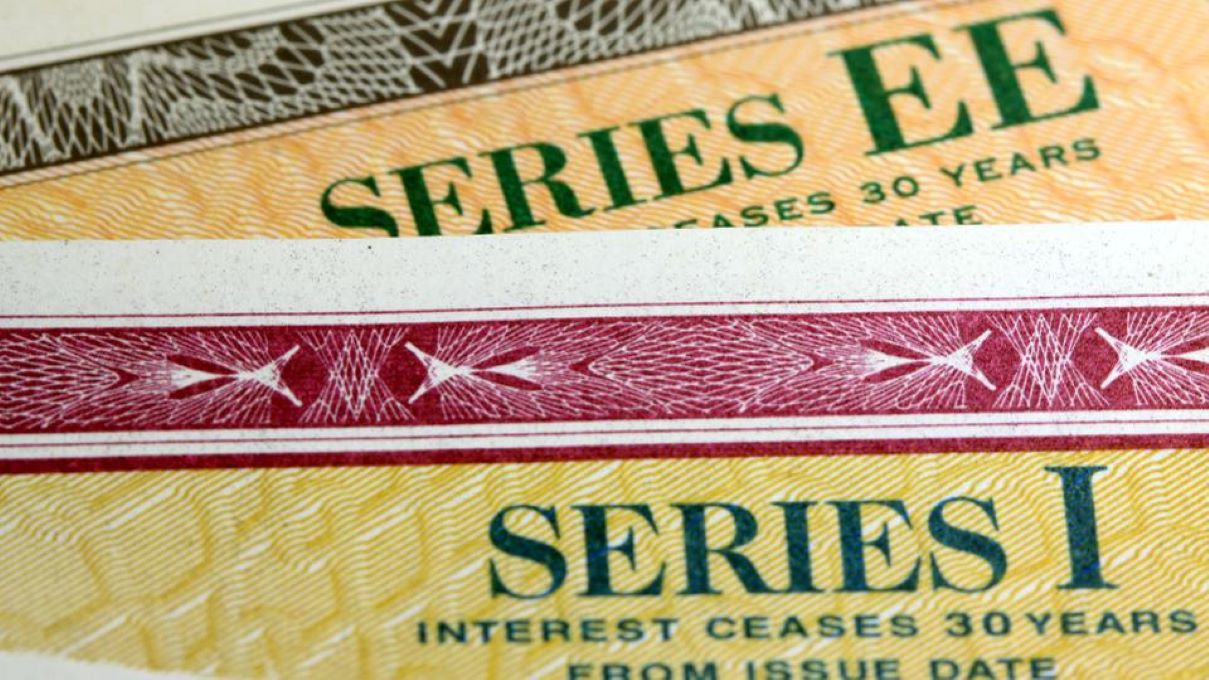Home>Finance>Sinkable Bond: Definition, How It Works, Example


Finance
Sinkable Bond: Definition, How It Works, Example
Published: January 29, 2024
Learn the definition, working mechanism, and example of a sinkable bond in finance. Understand how these bonds can be advantageous for investors.
(Many of the links in this article redirect to a specific reviewed product. Your purchase of these products through affiliate links helps to generate commission for LiveWell, at no extra cost. Learn more)
What is a Sinkable Bond?
A sinkable bond is a type of bond that gives the bondholder the option to sell the bond back to the issuer at a predetermined price and time. This feature makes the bond “sinkable” because the bondholder has the ability to “sink” or return the bond to the issuer.
Key Takeaways
- A sinkable bond allows the bondholder to sell the bond back to the issuer at a predetermined price and time.
- The put option provides the bondholder with flexibility and an exit strategy.
How Does a Sinkable Bond Work?
A sinkable bond works by providing the bondholder with flexibility and an exit strategy. Here is how it typically works:
- The issuer of the bond includes a “sinking” or “put” option in the bond’s terms and conditions.
- The bondholder has the right, but not the obligation, to sell the bond back to the issuer at a predetermined price, which is usually par value or face value.
- The put option establishes a specific time period during which the bondholder can exercise the right to sell the bond back to the issuer.
- If the bondholder decides to exercise the put option, they will receive the predetermined price in return.
It’s important to note that the issuer is not obligated to buy back the bond. The decision to exercise the put option lies solely with the bondholder.
Example of a Sinkable Bond
Let’s say Company X issues a sinkable bond with a face value of $1,000 and a maturity period of 10 years. The bondholder has the right to sell the bond back to Company X at any time during the first 5 years.
If the bondholder decides to exercise the put option after 3 years, they will receive $1,000 from Company X. This allows the bondholder to exit the investment early and receive their initial investment amount.
By including a sinkable bond option, issuers can make their bonds more attractive to investors who value flexibility and liquidity. On the other hand, bondholders have the opportunity to minimize their risk and have an exit strategy if circumstances change.
So, if you’re considering investing in bonds, keep an eye out for sinkable bonds as they may offer you greater control over your investment. By understanding how sinkable bonds work, you can make informed decisions and maximize your returns as a bond investor.














